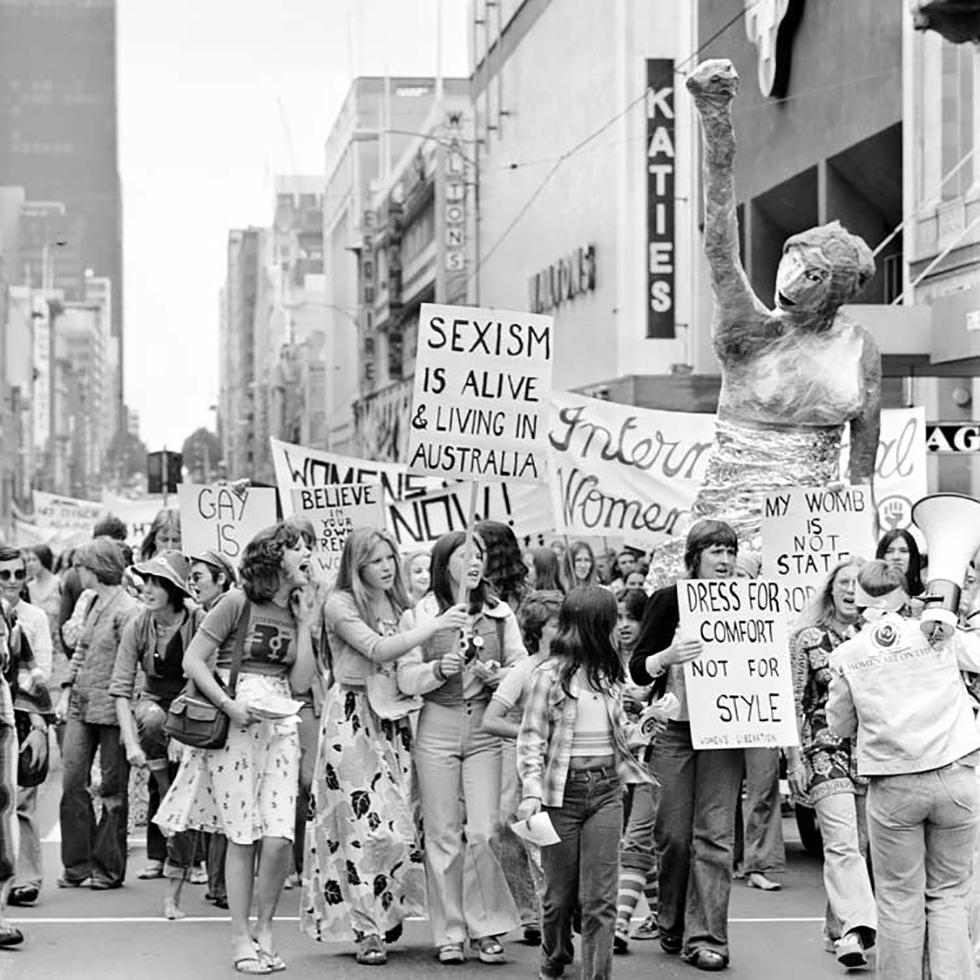


About this record
This record is a photograph that was taken on 8 March 1975 at the first International Women's Day rally held in Australia. The rally was held to campaign for women's rights.
International Women's Day grew out of early 20th century activism by North American and European women, demanding the right to vote and improved working conditions. It has been held on the 8th of March since 1913. The first Australian protest for International Women's Day was held in Sydney in 1928.
In 1975, the United Nations (UN) officially recognised 8 March as International Women's Day. They had previously declared 1975 to be International Women's Year, and 1972–1985 to be the UN Decade for Women. These declarations coincided with the women's liberation movement: a struggle for women's rights and freedoms that gained momentum around the globe in the 1970s.
In Australia, the Whitlam government allocated $2 million to International Women's Year programs and activities. Funding was spent on a major conference focused on women’s health and welfare services, support programs for victims of domestic violence, and projects that highlighted female artists.
Activists in Australia took this national and international focus on women's issues as an opportunity to increase awareness of gender inequality in Australia. On 8 March 1975, between 3,000 and 5,000 people attended the International Women's Day rally in Melbourne.
The protest banners seen in this photograph reflect the demands of the women's movement at the time. These included:
- equal pay
- equality in employment and education
- free 24-hour childcare
- safe contraception
- access to abortion
- an end to violence against women
- an end to discrimination against queer women
In Australia, thousands of women formed women's groups and organisations to demand change to economic, political and social discrimination. This record is an example of how they made their voices and opinions felt through direct actions such as marches and demonstrations.
Related records
Related themes
Need help with your research?
Learn how to interpret primary sources, use our collection and more.




